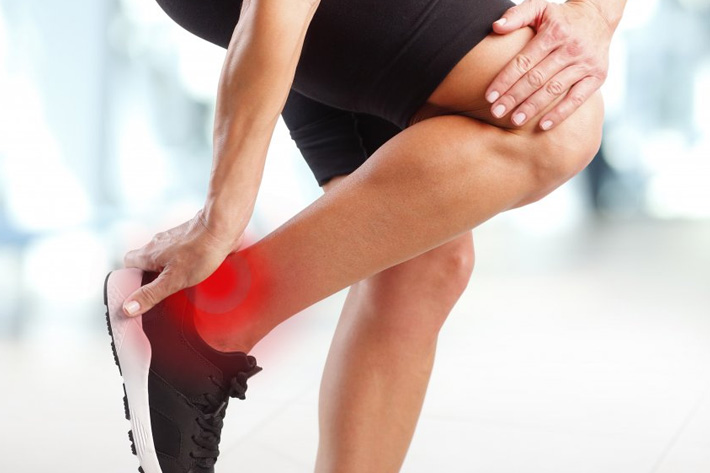Peroneal tendinitis and tears are common injuries among athletes, especially those involved in sports that require repetitive ankle movements or excessive stress on the tendons. The peroneal tendons are located on the outside of the ankle and are responsible for stabilizing the foot and ankle during activities such as running, jumping, and cutting movements. When these tendons are overused or subjected to excessive force, they can become inflamed (tendinitis) or even tear.
Here are some management options for peroneal tendinitis and tears in athletes:
- Rest and Activity Modification: The first step in managing peroneal tendinitis or tears is to rest the affected area and avoid activities that exacerbate the pain. This may involve modifying training routines or taking a break from sports to allow the tendons to heal.
- Ice and Compression: Applying ice packs to the affected area can help reduce inflammation and pain. Compression with an elastic bandage or brace can also provide support and decrease swelling.
- Non-Steroidal Anti-Inflammatory Drugs (NSAIDs): Over-the-counter medications like ibuprofen or naproxen can help reduce pain and inflammation associated with peroneal tendinitis. However, it’s important to consult a healthcare professional before taking any medication.
- Physical Therapy: Working with a physical therapist can be beneficial for athletes with peroneal tendinitis or tears. Physical therapy may include exercises to strengthen the muscles around the ankle, improve flexibility, and promote proper biomechanics. Therapists may also use techniques like ultrasound or electrical stimulation to aid in healing.
- Orthotics and Shoe Modifications: In some cases, custom orthotics or shoe modifications may be recommended to provide additional support and correct any underlying mechanical issues that contribute to the injury.
- Immobilization: Severe peroneal tendon tears may require immobilization with a cast or walking boot to allow for proper healing. Immobilization is typically followed by a period of rehabilitation to regain strength and range of motion.
- Surgical Intervention: If conservative treatments fail to relieve symptoms or in cases of severe tendon tears, surgery may be necessary. Surgical options can include tendon repair, debridement (removal of damaged tissue), or reconstruction.
It’s important for athletes to consult with a healthcare professional, such as a sports medicine specialist or orthopedic surgeon, for an accurate diagnosis and appropriate treatment plan for peroneal tendinitis or tears. They can provide personalized advice based on the specific needs and severity of the injury.





